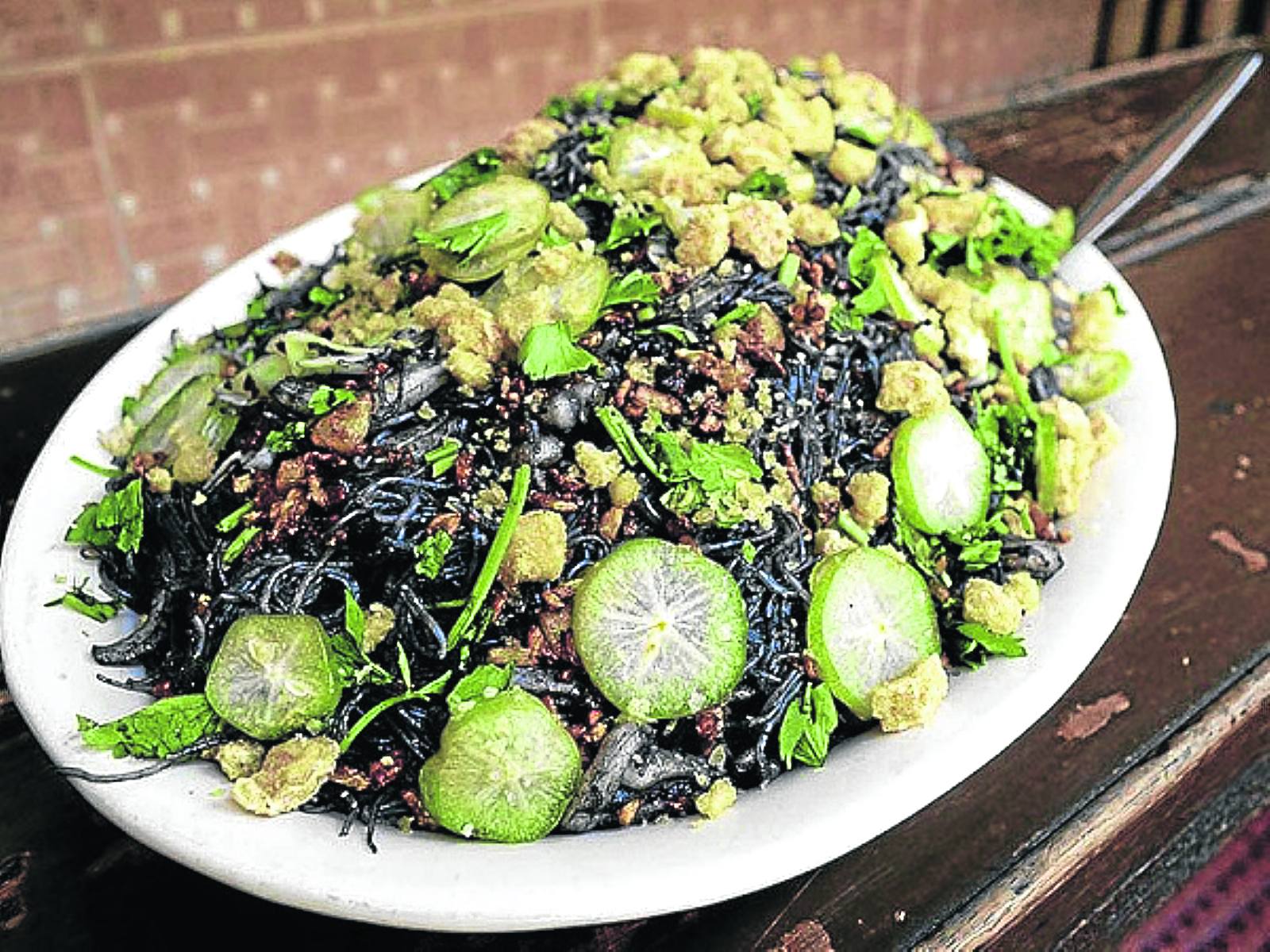
PHOTO BY PIE DAVID
Whenever high school classmates at College of the Holy Spirit get together, they usually ask me to choose where we go or eat.
Five years ago, our batch went on a tour of Pampanga, enjoying native dishes cooked by the Henson family using the old wood-burning stove in their kitchen.
Before going home, we had a halo-halo merienda, though not at the original Kabigting’s in Arayat but at its branch in the Marquee Mall in Angeles. Somehow there was something amiss in a mall setting.
Three years ago, Holy Spirit celebrated its centennial year on the campus but our batch didn’t want to eat the catered lunch. So I booked 20 people at La Cocina de Tita Moning across from Malacañan Palace.
Most of our classmates hadn’t been there; they marveled at the restaurant’s old house setting and the old-world food. For the balikbayan classmates, it was an experience worth telling their friends abroad.
A teacher, now a US resident, e-mailed that she remembered how the school owners’ children studied ballet in a house nearby. I told her that the place was no longer the genteel area it used to be even with its proximity to the presidential palace.
Preferred caterer
This year our class celebrated another jubilee and the planning took more than three years, including the choice of caterer for the homecoming and where to go after the big event.
Because of a previous happy experience with a caterer from Malabon, the homecoming organizers decided on Mirla’s Kitchenette to provide a Filipino lunch for some 500 alumnae.
She had a reasonable price for many choices, including rellenong alimasag, kare-kare, lumpiang hubad, chicken adobo, pancit Malabon.
Earlier, she provided merienda for our small group of friends from Maryknoll College. The arroz caldo (chicken with rice porridge) and the refreshing drink of sago’t gulaman were memorable.
My classmates indulged in two tours this year: Taal in Batangas, and Cavite. The Taal itinerary was made through a classmate’s husband who hails from the town. For sure, there would be specialties such as adobo sa dilaw (chicken braised in turmeric), tapang baboy (cured pork) and sinaing na tulingan (braised big-eyed mackerel).
Since our hosts come from the place, I dared not dictate the menu. But while the group went off to see the old historic and refurbished houses of the Agoncillos and Villavicencios which I have seen many times, I planned to steal off on my own to visit the market.
I hoped there would be suman malagkit. I planned to buy some wonderful empanada and tamales and to wait for my tinindag to cook.
A classmate, who saw me smile as we were being briefed about the tour, guessed what I was thinking and whispered that she would rather go with me while the others were absorbing the history of the place.
Coastal food of Cavite
“The spirit of Katipunan and the coastal food of Cavite” was what Ige Ramos, Caviteño and book designer, called the tour he was conducting for us.
But it wasn’t history before eating. We hit the market to witness the practice of wholesale fish delivery (bagsakan) and negotiating wholesale prices by whispering (bulungan).
Then we were off to merienda of bibingka samala (rice cake) and a taste of pizza featuring two important ingredients in Cavite cuisine, bacalao (salted dried fish that nowadays isn’t really cod but other big fish) and quesillo or white cheese.
Lunch was pancit choko en su tinta, the Cavite Chabacano term for pancit pusit (squid ink noodles), nilagang baka (beef shank soup) and what Ramos called the trinity of Cavite Sunday lunch—kare-kare, adobong pula (chicken braised in fish sauce, vinegar and annatto) and kilawing papaya (green papaya cooked in onions and galunggong).
The history part came before our farewell merienda at Digman Halo-Halo—a visit to the Aguinaldo Shrine and the Santa Magdalena parish nearby where the Cavite Katipuneros got the name for their faction, Magdalo.
I hope my classmates got their fill of our culinary culture and history.









































